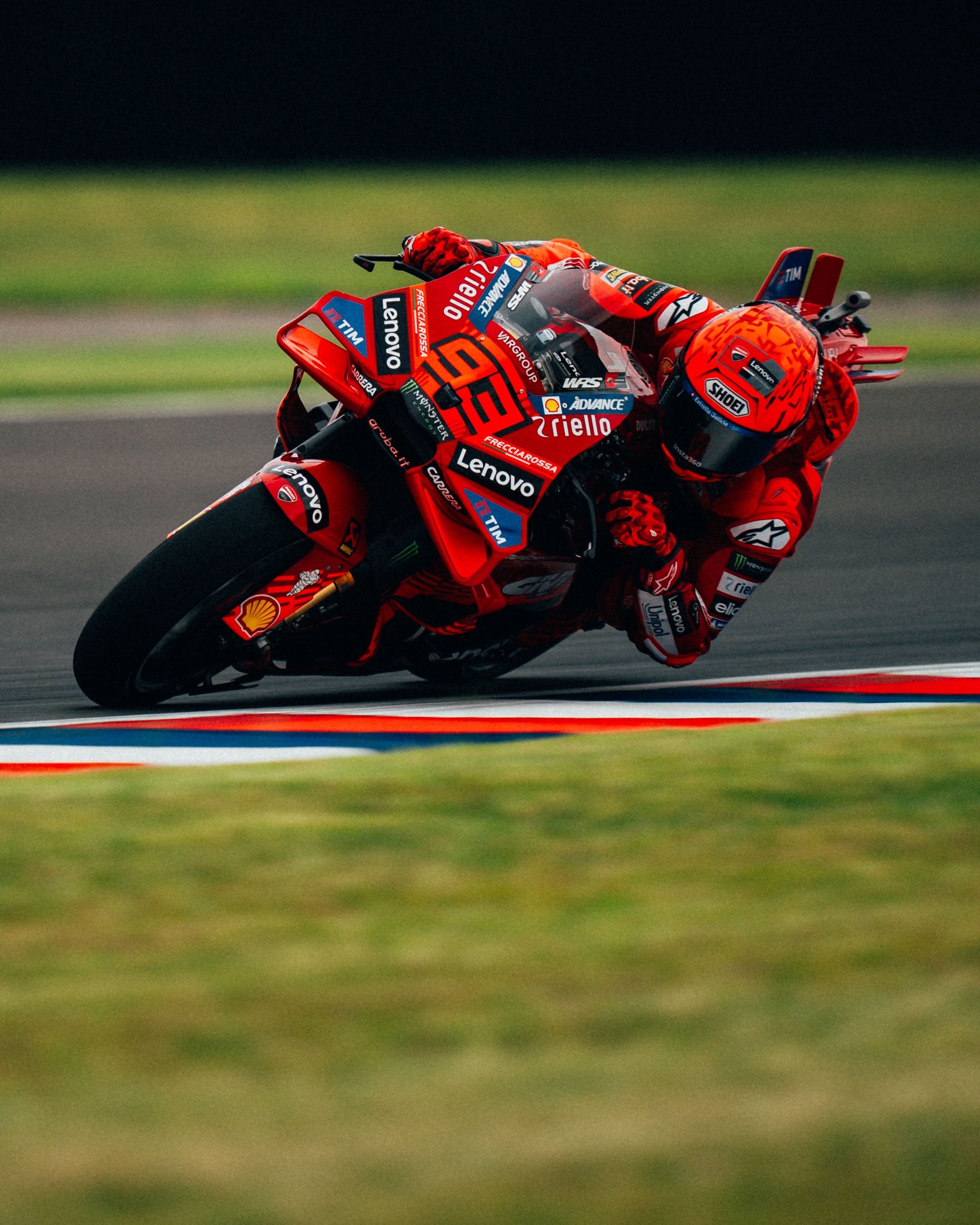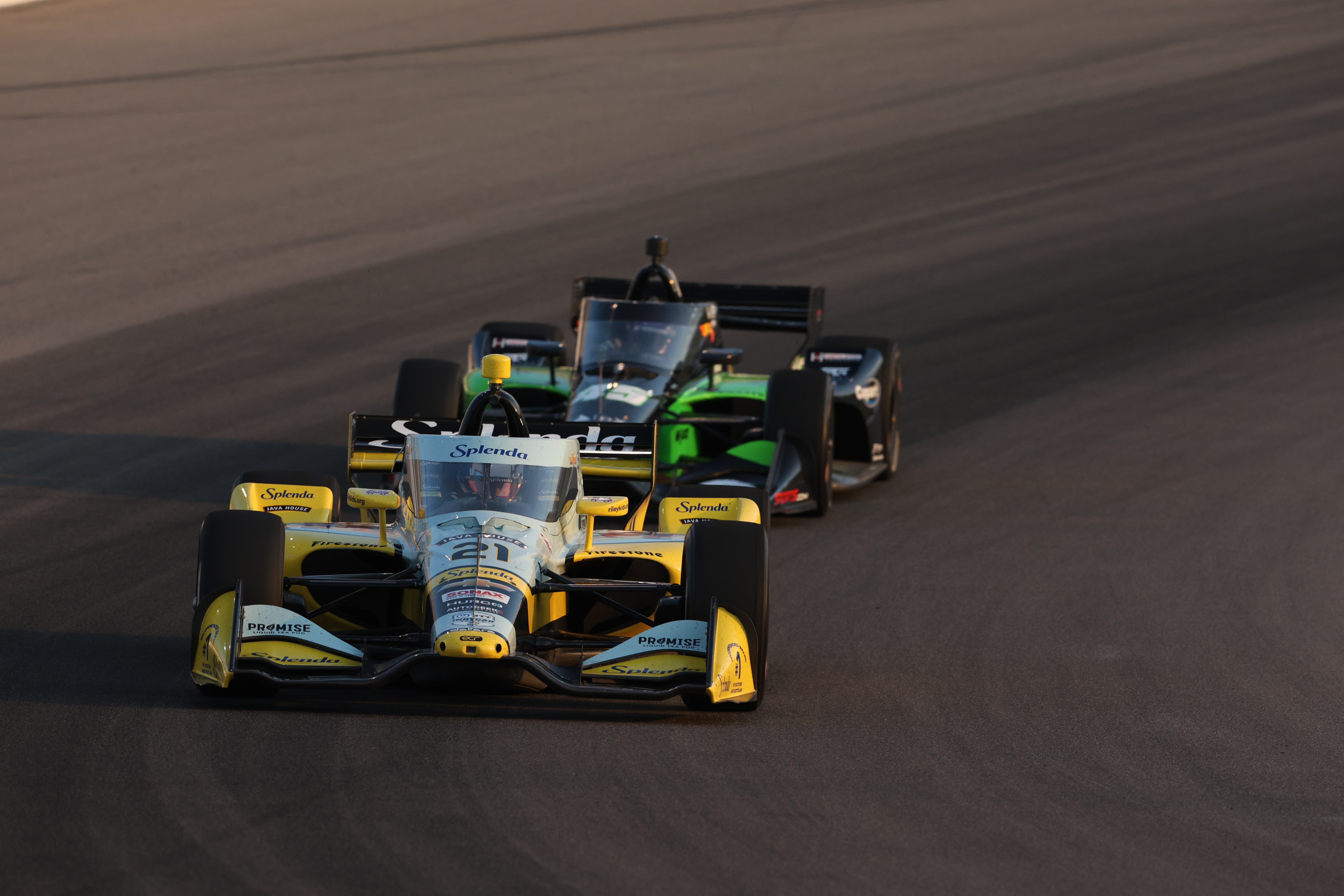Márquez seals seventh title with Motegi masterclass
- Aaratrika Gupta

- Oct 1
- 4 min read
Written by Aaratrika Gupta, Edited by Vyas Ponnuri

At Motegi on September 28th, Marc Márquez did what many believed impossible only a few years ago: he became MotoGP world champion once more.
Finishing second to Francesco Bagnaia in the Japanese Grand Prix, Márquez clinched his seventh premier-class crown, securing the championship with five rounds still to run. For some riders, the achievement would be measured solely in digits.
To Marquez, this is much deeper. His 2025 season is a story of redemption, power, and rejuvenation — a ride that proves he is more than a number in all aspects.
The long road back
To understand the weight of Motegi, one must return to 2020. That summer, Márquez crashed heavily at Jerez, and the career that had seemed indestructible suddenly lay in doubt. The damage to his right arm required four operations, rehabilitation consumed years, and his rhythm was broken by crashes and setbacks.
For the first time in his career, questions outweighed answers. Could he ever return to the level that made him a six-time champion? Would Honda ever be enough of a platform to restore him?
The seasons that followed were turbulent. On bad days he was fighting simply to finish; on good days he looked like a shadow of the rider who once tore through the grid with fearless abandon. The pressure grew heavier at Honda, where machinery lagged behind rivals. Márquez’s stubborn will kept him racing, but the joy was absent. Even loyal supporters began to wonder whether the curtain was falling.
A gamble with Gresini
That made his 2024 decision all the more extraordinary. Leaving Honda, the team that carried him to glory, he joined Gresini Racing, racing on a satellite Ducati bike for the season.
It was a gamble, a risk that he might slide into obscurity rather than climb back. But that gamble delivered: Márquez found three victories, stood on multiple podiums, and rediscovered his edge. It wasn’t dominance, but it was a reminder to the paddock — and to himself — that he still had the instincts of a champion.
That single year with Gresini was less about trophies than about breathing space. Without the weight of factory expectations, Márquez recalibrated, rebuilt his confidence, and showed he could adapt. When Ducati offered him the factory seat for 2025, the transition felt inevitable.
Ducati red, dominant form
This season has been one of sustained brilliance. Márquez didn’t just win races; he controlled weekends. From qualifying to sprints to Sunday showdowns, he dictated terms. Rivals rarely had answers. His rhythm was relentless, his decision-making sharper than ever, and his racecraft showed a maturity forged in hardship.
By mid-season, the championship picture was clear. The only suspense was when, not if, the title would be sealed. And so the focus shifted to Japan — Honda’s home circuit, the symbolic stage where their former hero, now clad in Ducati red, stood on the brink of glory.

Motegi: The coronation
Qualifying hinted at the outcome. Bagnaia took pole, while Márquez lined up third, and younger brother Álex sat further back in eighth. The sprint brought more of the same: Bagnaia victorious, Márquez a controlled second, and the points gap stretching wider.
Then came Sunday’s race. Bagnaia again claimed victory, but Márquez followed him across the line in second place, with Joan Mir in third. For Márquez, that was all it took. The result gave him an unassailable lead — 201 points clear of Álex, with five rounds remaining in the 2025 MotoGP season. The championship was finally his.
It was not a wild celebration of a rider desperate to prove himself, but the composed satisfaction of a man who had already done the hardest work long before the checkered flag. In Japan, he needed calm and precision, not recklessness. That second place was, in its own way, a masterclass.
More than a number
Titles are often defined by numbers: seven crowns, dozens of victories, countless poles. But Márquez’s latest triumph refuses to be reduced so neatly. It is, in every respect, more than a number.
The sheer endurance to fight back from injury. The courage to leave Honda and start anew. The modesty to ride a satellite bike and wait for his time. The determination to heal not only himself but his soul. They cannot be listed on a stat sheet, but this is what makes up his 2025 narrative.
This title vindicates not only his talent but his strength. It serves to show that adversity does not take away greatness and that champions are not just great by how they emerge after a defeat, but also by how they stand up after being knocked down.
Looking ahead to Valencia
With the title secured, what remains is opportunity. Five rounds stand between Motegi and Valencia. Márquez could simply ride conservatively, safeguard points, and avoid risks. But anyone who has watched his career knows that is unlikely. His instinct is to fight, to push, to stretch the limits.
Chasing more wins now isn’t about necessity; it’s about legacy. Every additional victory adds to the aura, every podium deepens the impression that this is not merely a comeback but a new era.
And when the season concludes in Valencia, Márquez will not arrive as a rider seeking validation, but as a champion racing freely — a luxury he hasn’t known in years.

Conclusion
Marc Márquez’s second place at Motegi was more than enough to crown him world champion for the seventh time. Yet the moment means far more than numbers on a page. It represents the closure of years of struggle and the opening of a fresh chapter of dominance.
He has proved that resilience can outlast injury, that belief can survive doubt, and that the fire of competition burns long after others have written you off. With five rounds still to come, the story is already complete. Marc Márquez has returned not just as a number in the record books, but as a champion reborn.











Comments